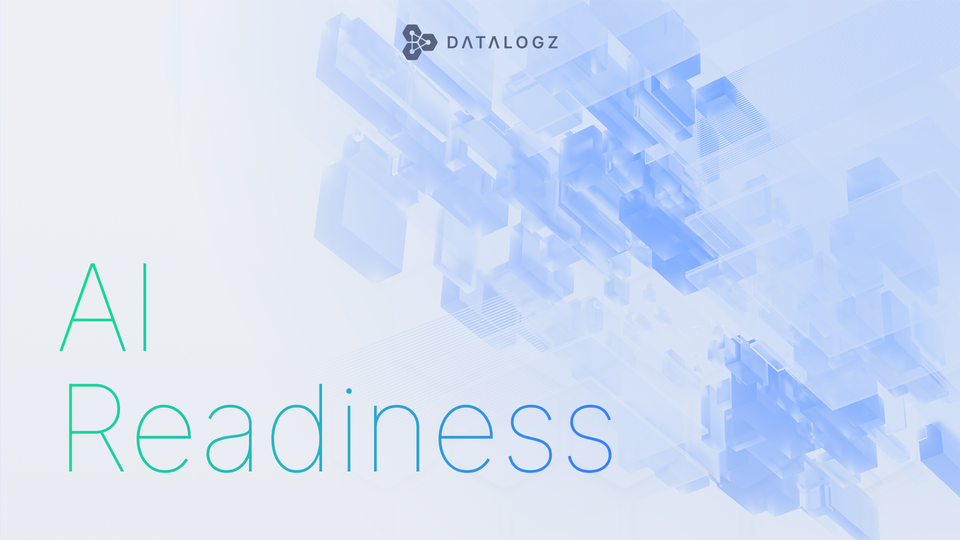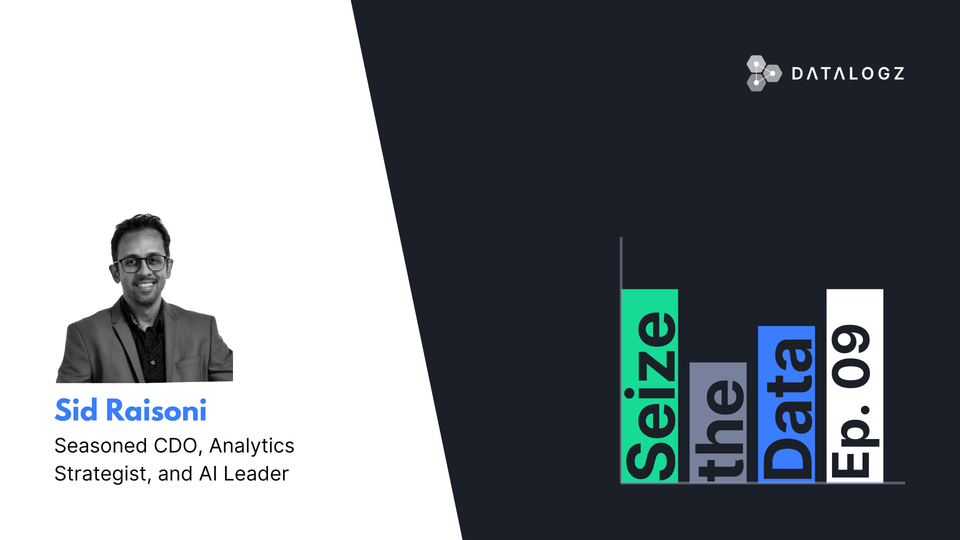Anomaly Detection in Business Intelligence: Strategies and Tools
Discover strategies and tools for effective anomaly detection. Learn how machine learning, statistical techniques, specialized tools, and a well-defined response framework can enhance your BI strategy.

Business Intelligence (BI) has transformed the way businesses generate insights from data. However, as the volume of data processed by organizations grows, identifying anomalies becomes increasingly complex yet crucial. Anomalies can indicate a potential issue or opportunity, and early detection is critical. This blog explores strategies and tools for effective anomaly detection in BI environments.
Understanding Anomaly Detection in BI
Anomaly detection in BI involves identifying data points that deviate significantly from expected patterns. These outliers can result from errors, such as data entry mistakes, or signify critical business events, such as a sudden surge in sales or a potential security breach.
Detecting anomalies quickly allows organizations to respond appropriately, minimizing risks or capitalizing on opportunities. However, given the vast amounts of data in a BI environment, manual detection can be time-consuming and error-prone, emphasizing the need for automated, intelligent solutions.
Deploying Machine Learning for Anomaly Detection
Machine learning (ML) is a powerful tool for anomaly detection in BI. ML algorithms can learn from historical data, build predictive models, and identify anomalies based on these models.
Supervised learning techniques, where algorithms are trained on labeled data, can be effective if past anomalies are known and well-defined. In contrast, unsupervised learning techniques can discover unknown anomalies by detecting data points that don't conform to established patterns.
Deep learning, a subset of ML, can be particularly useful for complex datasets. Techniques such as Autoencoders can capture intricate patterns and efficiently spot anomalies even in high-dimensional data.
Leveraging Statistical Techniques
Statistical techniques remain a cornerstone of anomaly detection in BI. Methods such as Standard Deviation, Z-Score, and IQR (Interquartile Range) can help identify outliers in a dataset.
For time-series data, techniques like Exponential Smoothing and ARIMA (Autoregressive Integrated Moving Average) can model data trends and seasonal patterns, helping identify unexpected fluctuations. While statistical techniques may not capture complex patterns as effectively as ML, they can offer a simpler and more interpretable approach.
Utilizing Specialized Anomaly Detection Tools
A range of specialized tools is available to help organizations implement anomaly detection in their BI environments. Solutions like RapidMiner, Knime, and Keras provide robust ML and statistical functionality for anomaly detection.
Additionally, many BI platforms, including Tableau and Power BI, have built-in anomaly detection features. These tools can automatically highlight anomalies in visualizations, helping users spot and investigate outliers efficiently. Datalogz can help you do this and more.
Establishing a Framework for Anomaly Response
Detecting anomalies is just the first step. Organizations also need to establish a response framework that outlines the steps to be taken upon detecting an anomaly. This might involve investigating the cause, evaluating the impact, and taking corrective action.
The response will depend on the type of anomaly. For instance, a sudden drop in sales may warrant a marketing investigation, while an unusual spike in network traffic may trigger a security response. A clear, predefined response framework can help organizations handle anomalies swiftly and effectively.
In conclusion, anomaly detection is essential to a robust BI strategy. By leveraging machine learning, statistical techniques, and specialized tools and establishing a response framework, organizations can effectively spot and respond to anomalies. This proactive approach can help mitigate risks and seize opportunities, enhancing the value derived from BI.




